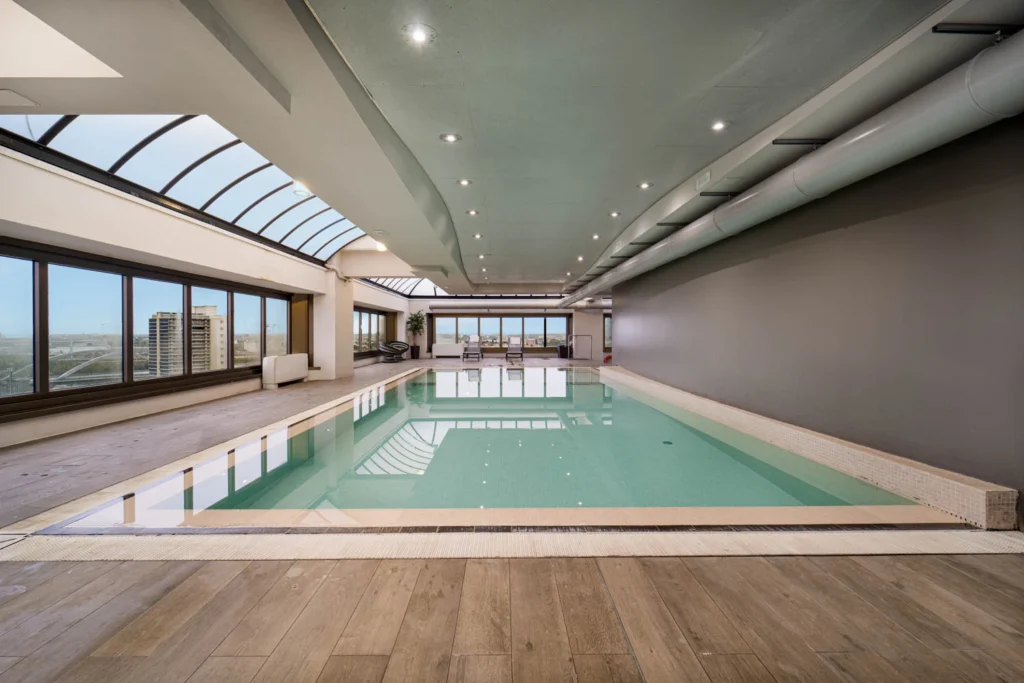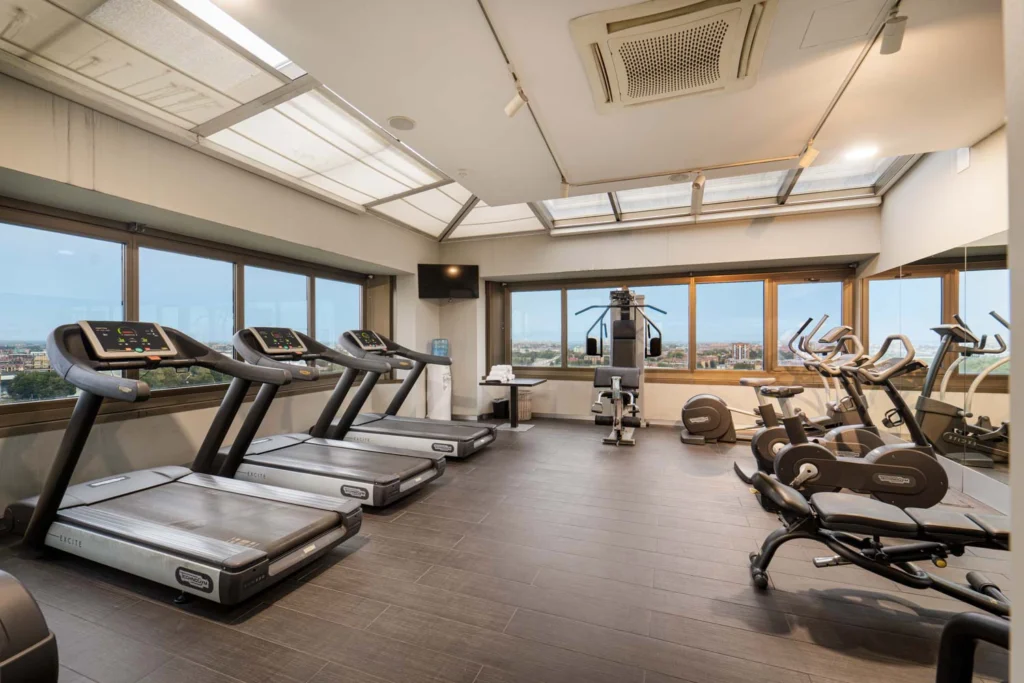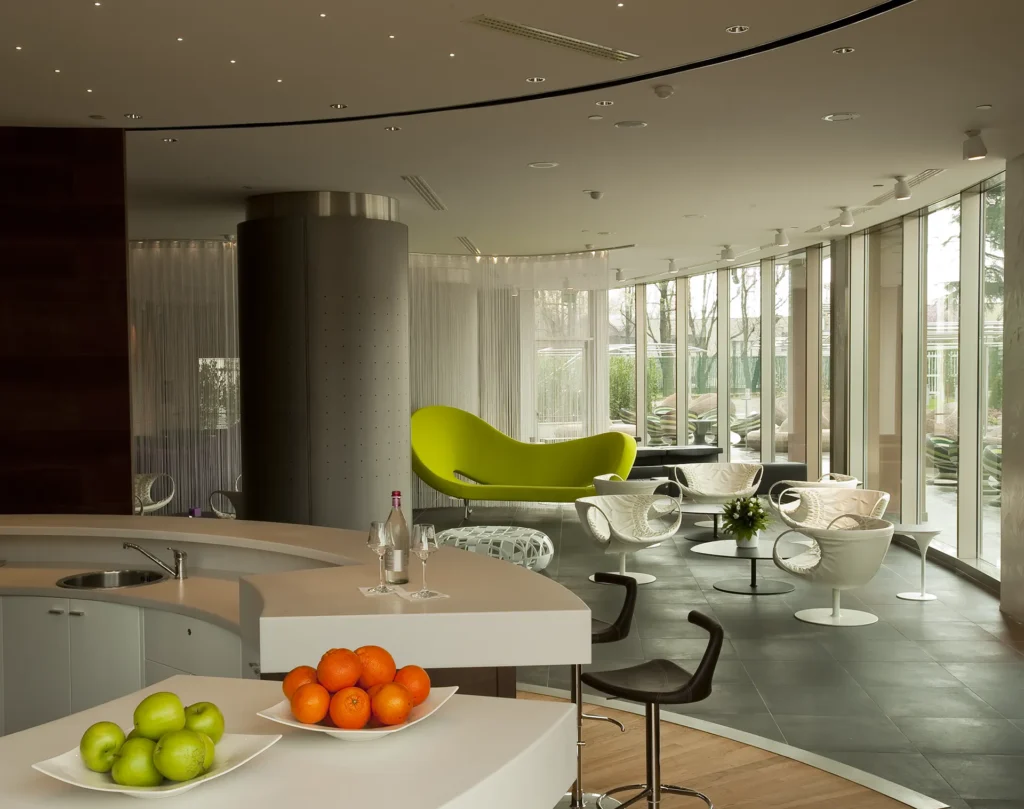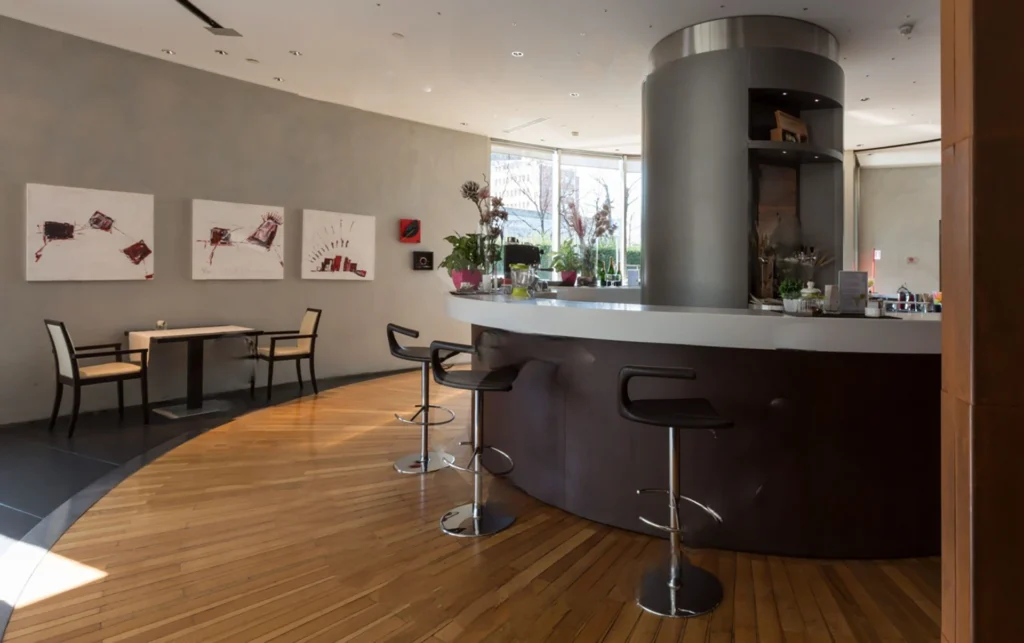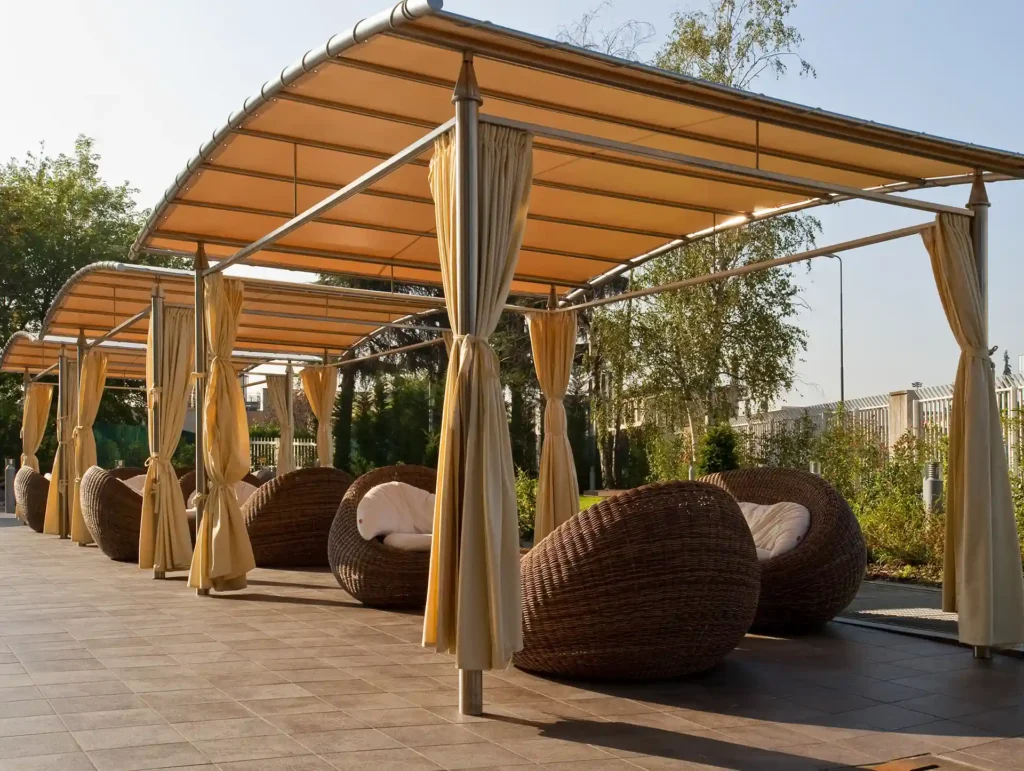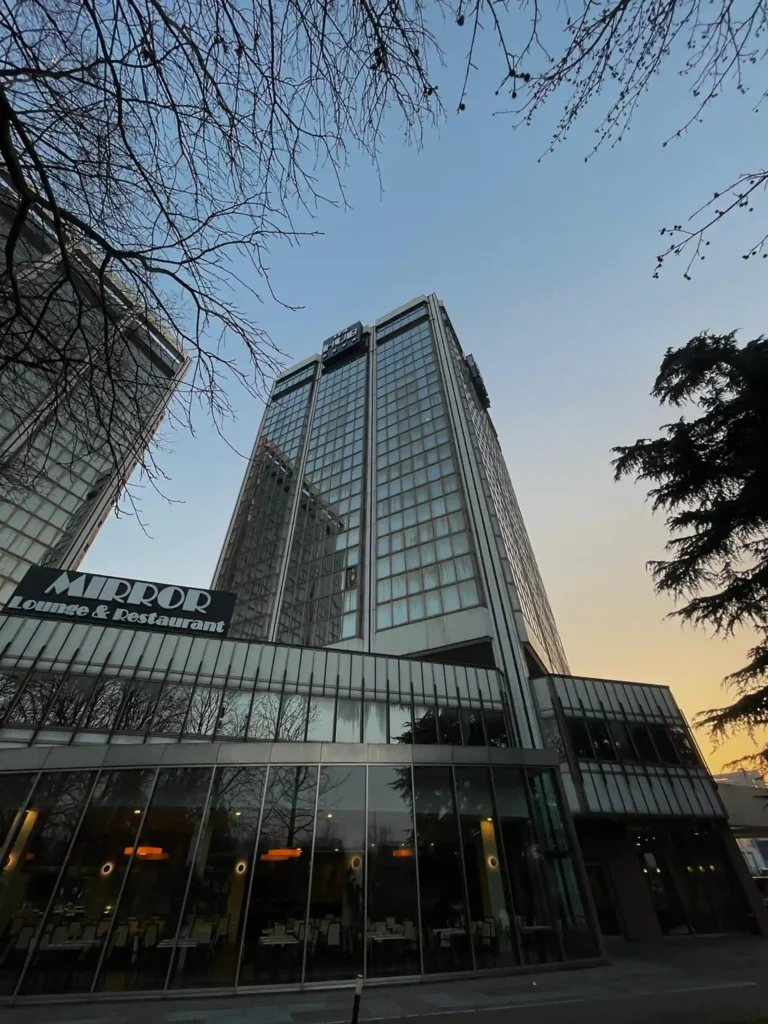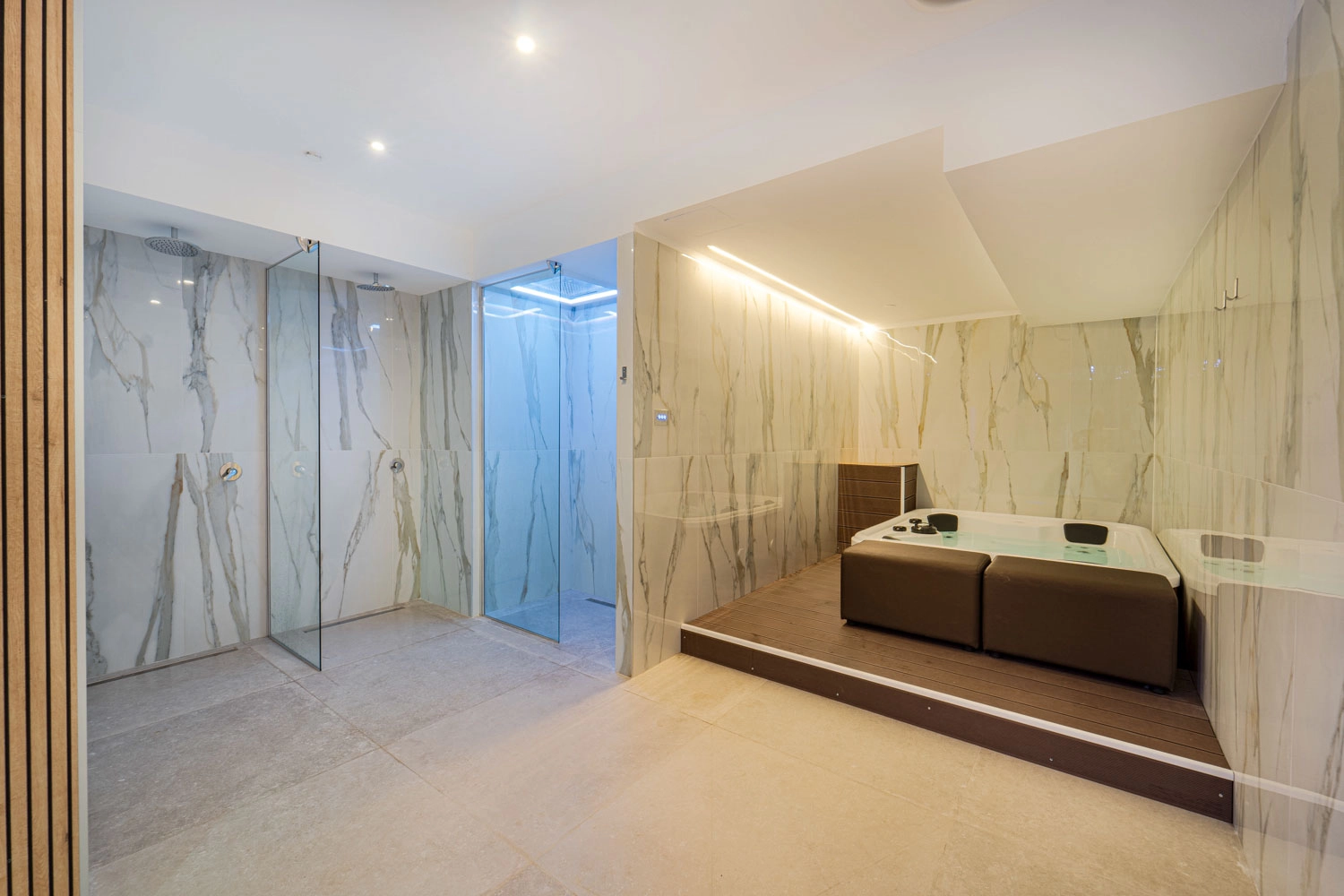
The Hub Hotel
Autenthic Design Hotel close to Fieramilano Rho and Fieramilano City, in the heart of the Business Congress & Exhibitions Area of Milan.
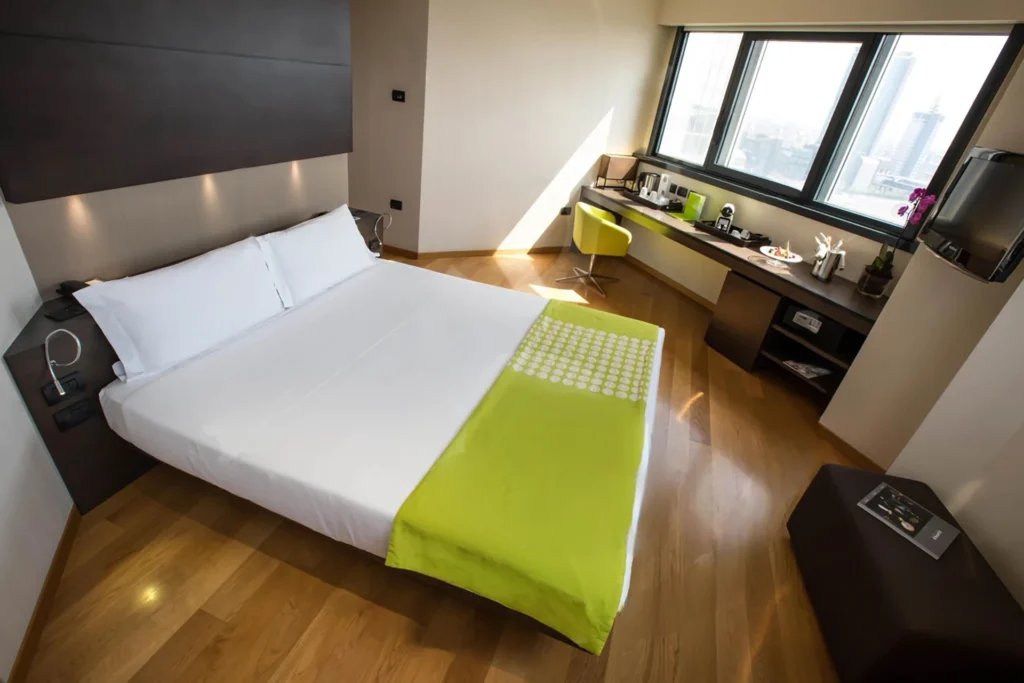
Rooms
162 rooms with a contemporary design, available in three room types: Superior, Standard and Economy.
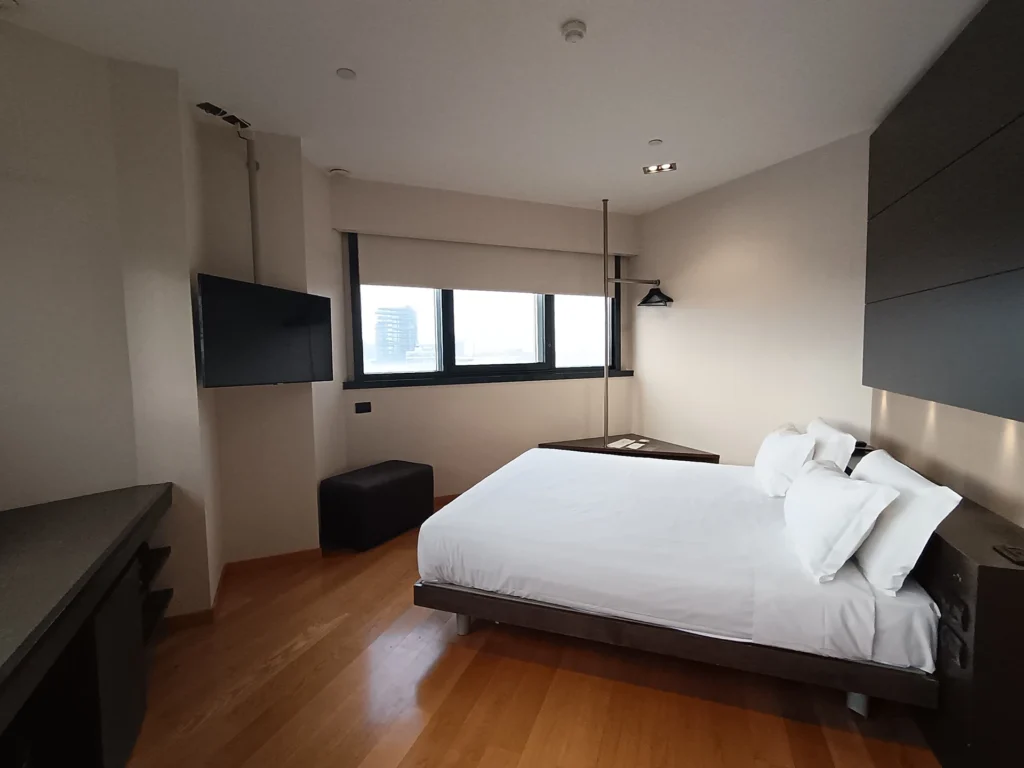
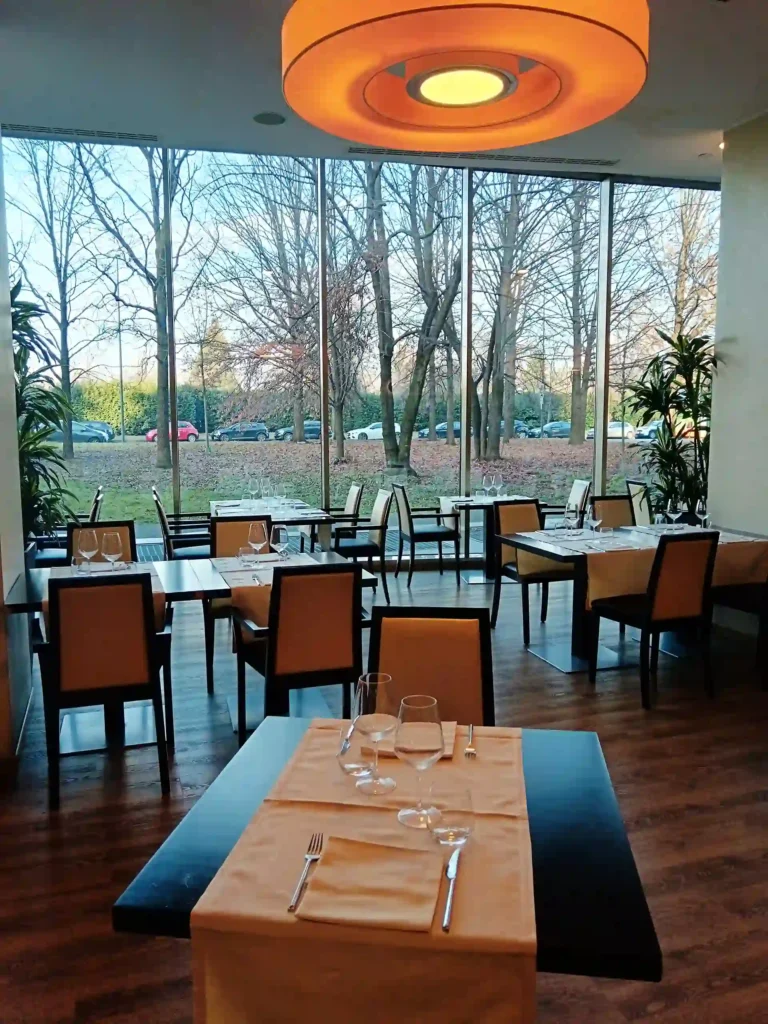
The Restaurant
The cosmopolitan and contemporary allure of the Restaurant perfectly represents the Chic&Cool essence of Milan.
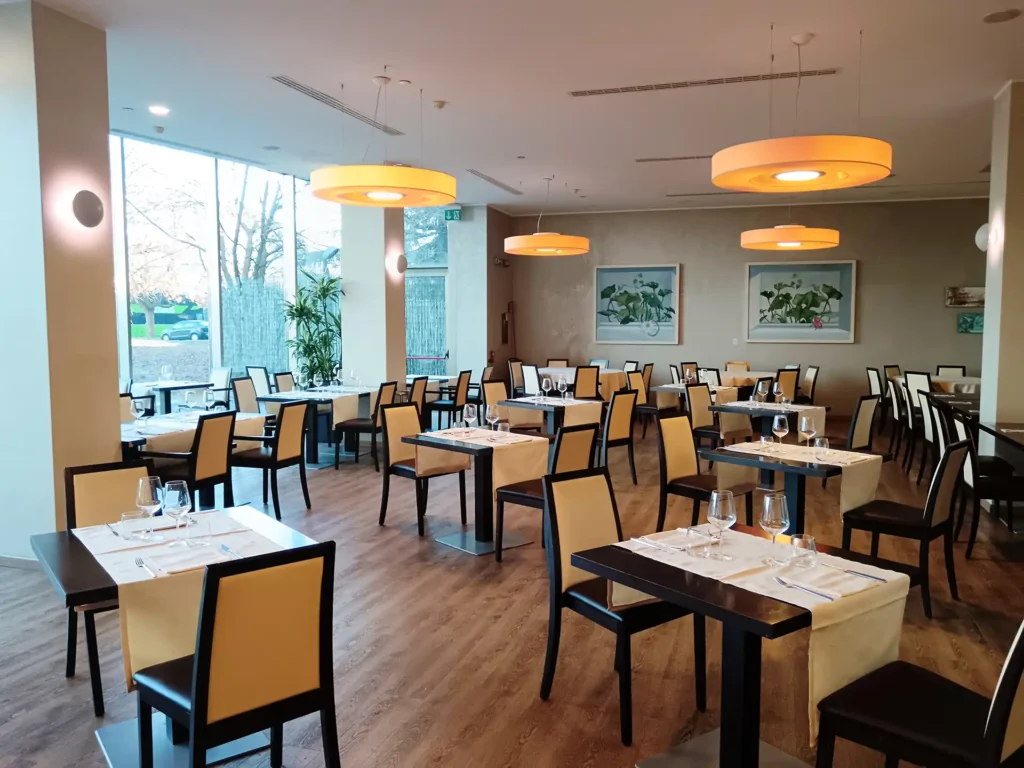
Location
The Hub Hotel is located in the Milano Certosa district, at the West Ringroad exit, 1 km from A4/A8 Highway. With our Shuttle Service (available upon request at specific times) you can easily reach:
FieraMilano Rho
5 km from the Hotel (shuttle service available for the south gate in case of major events)
FieraMilano and Mico
FieraMilano City and Mico Congress Centre, 5.5 km from the Hotel
City Center
about 8 km from the Hotel, it can be reached with the Red Line of the underground from the Molino Dorino stop at 4.5 km. Shuttle service available at certain times and upon request.
Meeting Center
9 meeting rooms, with natural light, that can host from 10 to 200 people, up to a total capacity of 400 people.
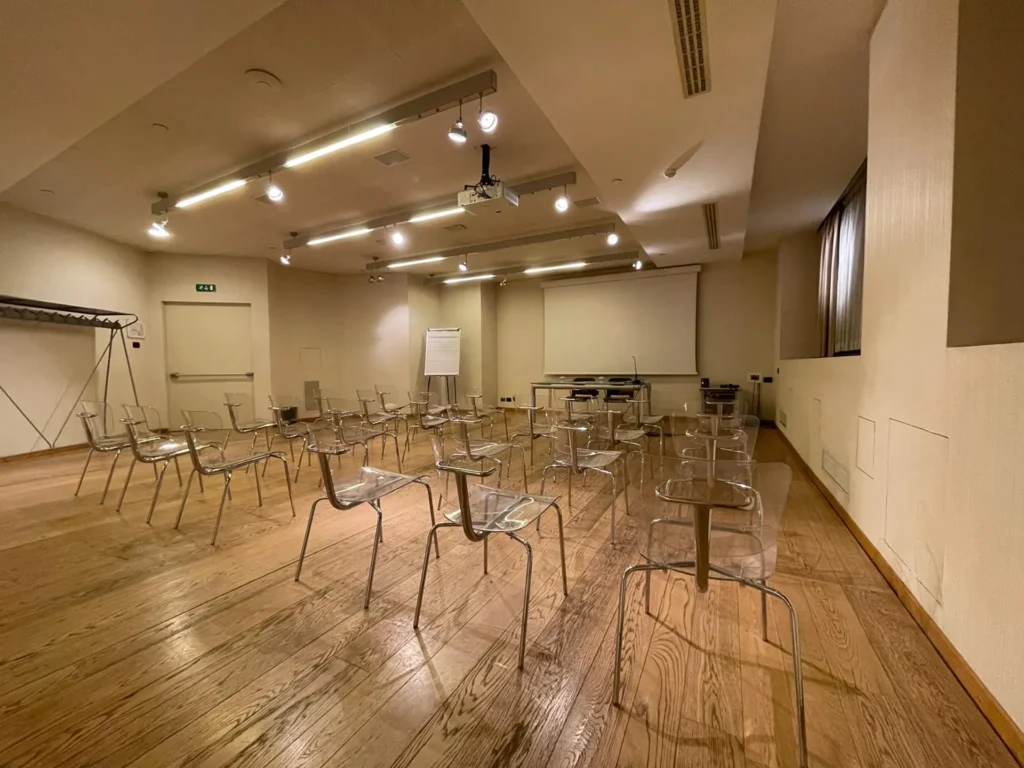
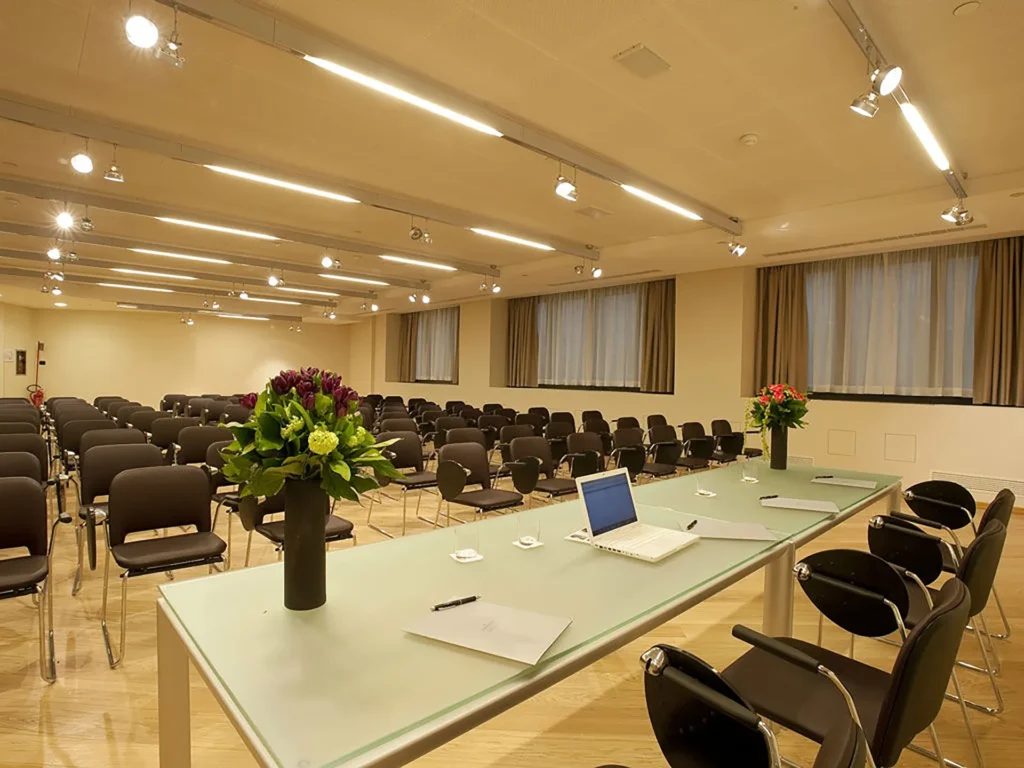
Our offers
If you travel with your family or as a couple, with your pets, for business or for leisure, here at The Hub Hotel you’ll always find the perfect offer for you!

